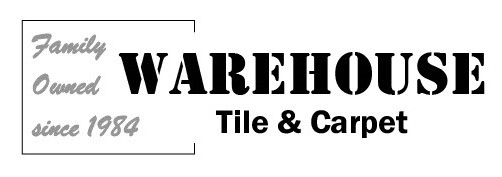Carpet is a category with an incredible variety of designs and types of construction. How do you know which one is right for you? This definitive guide will give you everything you need to make a well-informed decision.
What is Carpet Made Of?
Exactly what is carpet made of? Carpet is composed of fibers that are twisted together into strands using a process called plying. These strands are then flawlessly sewn into the backing layer of the carpet for structural stability. Nearly 90% of carpets manufactured today feature synthetic fibers, with three main variations:
- Nylon
- Polypropylene
- Polyester
Nylon is the best-performing type and accounts for up to 75% of carpets sold. Polypropylene and polyester carpets make up the rest. They look great but lack the durability of nylon.
What is Under Carpet and What is the Best Carpet Padding Made Of?
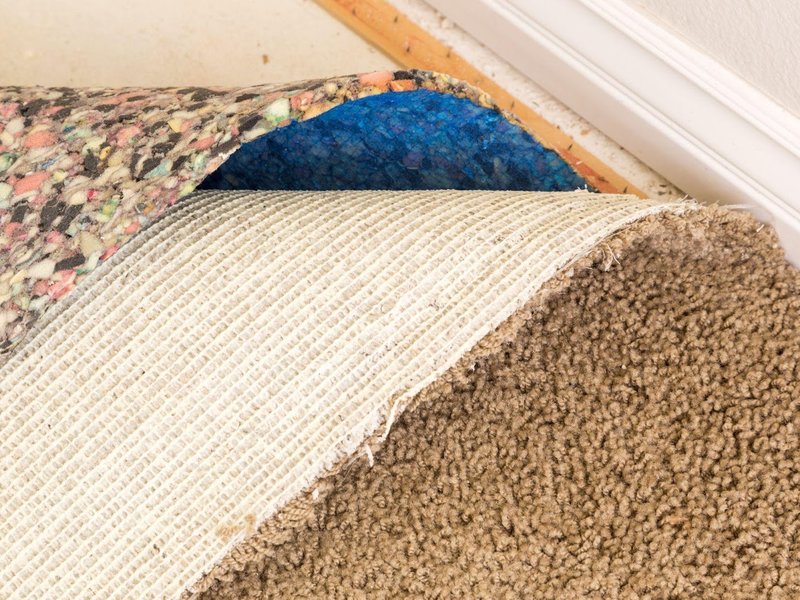
Underneath your carpet, you’ll commonly find what’s referred to as the underlay. This material is normally made of foam, rubber, or felt. It gives extra bounce and play to your floors, providing more comfort when standing and a better surface for the carpet to lay on top of.
In some cases, carpeting will be installed directly on the subfloor, but proper carpet padding is always recommended for maximum performance.
How are Tack Strips Used?
In wall-to-wall installations, tack strips are used to keep the material in place. This ensures that the carpet is well stretched during installation and that it’s properly prepared to handle the wear and tear expected. This process is quite simple:
- Measuring the room’s perimeter and cutting tack strips to length
- Tack strips are nailed into the subfloor with sharp tack points facing outward to the wall
- The padding is cut and placed so that it butts up to the tacks
- Carpet is attached to the tacks and stretched across the room for a tight fit
Source: The Spruce (Article:What Is a Carpet Tack Strip?)
Types of Carpet
With as many unique homes as there are in the world, there are countless carpet styles that can match it. According to an article on How Stuff Works (entitled "How is carpet made?"), with more than a billion square feet (nearly 93 million square meters) of carpeting is produced in the United States each year, it’s safe to say that carpet is here to stay.
While the manufacturing process of carpeting is repeatable across all of its variations, there are some specific processes that contribute to the formation of different styles. Additionally, some carpets have additives like Scotch Guard that help improve stain resistance, or Microban, which resists germs and bacteria.
Here, we’ll outline all of the popular options so that you can make the best choice for your home.
What is 80/20 Loop Carpet?
80/20 loop carpeting is a popular option in high-end commercial markets today, especially in the hospitality industry like hotels and casinos. The name is derived from the composition of the materials, with 80% made of wool and 20% made from synthetic fibers. Due to its innate structural properties, a true wool carpet comes with exceptional durability and rebound that will last for years. Being a natural animal product, the structure of wool fibers makes them more resistant to soiling. As a natural product, wool tends to cost more than synthetic carpeting materials.
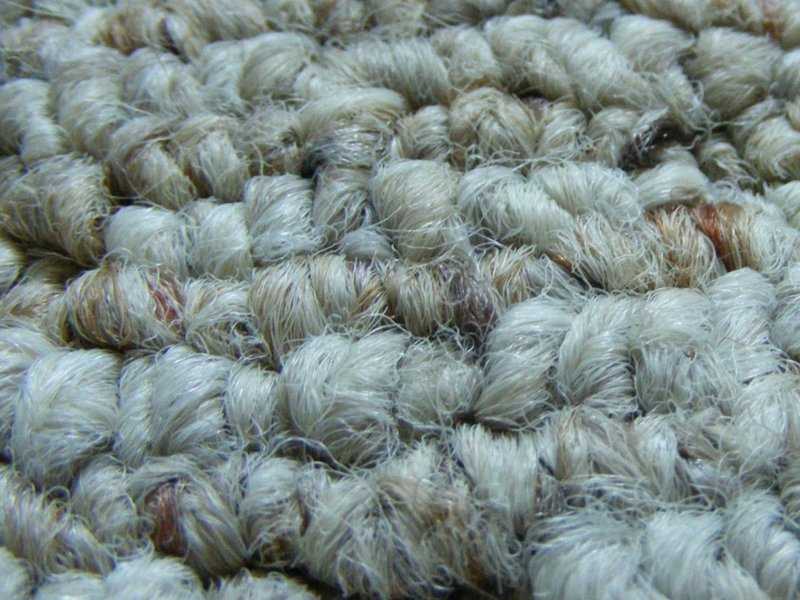
What is Berber Carpet?
Berber carpet originated amongst the Berber people of North Africa, and over recent years has grown in popularity for its price point and durability. Berber is considered open loop carpet, which is actually what all carpets start as. Since it is easier to produce, Berber tends to be priced more affordably. Additionally, most Berber is made of Olefin, a much cheaper material than nylon or wool carpeting.
Berber carpeting is also a course material, making it quite durable. The open loop structure allows for spills to sit on top of the carpet longer, making it easier for a quick cleanup. These loops, however, are also the downfall of Berber carpeting. They’re easier to “catch” than other materials and may be a concern for households with high pet traffic. If one loop is accidentally snagged, it can cause a “run” and pull up a whole strip of carpeting.
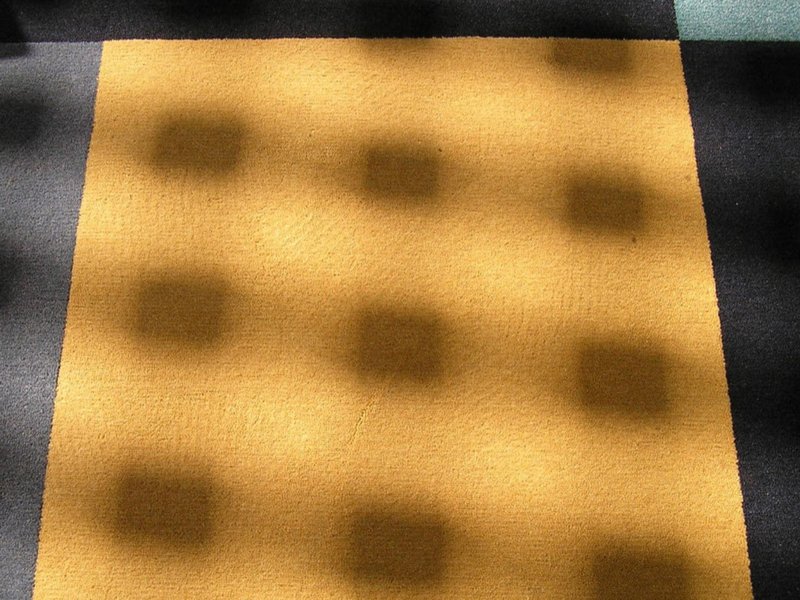
What is Carpet Tile?
Carpet tile is a unique and flexible carpeting style that is often used for commercial applications. Unlike wall-to-wall carpeting which comes in long, heavy rolls, carpet tile is cut straight from these rolls and used for easy installation. Removal of this carpeting style is just as easy, as each individual piece can be removed and replaced as needed.
Many commercial carpet manufacturers also provide carpet tiles in a variety of styles and colors that can contribute to a stylish look not often seen with traditional carpeting. Intricate patterns can be installed to create a refined, art-deco appearance.
Source: Today's Homeowner (Article: The Pros and Cons of Carpet Tiles for Residential Homes)
What is Cut Pile Carpet?
The pile of your carpet is the uppermost layer that you feel and walk on. The variations in how this pile is presented can be differentiated into two main styles:
- Cut Pile
- Loop Pile
When the carpet is manufactured, the material strands are looped and woven through the backing layer. After this process, the layer that’s left on top is either left in place or snipped. Carpeting that gets cut is called cut-pile carpet, whereas carpeting that is left uncut is referred to as loop pile.
There is also another style called sculptured carpet. A sculptured carpet appears to have several layers of texture. This type of carpeting has both cut yarn and looped fibers, causing height and texture variations. Some stores also refer to it as cut-and-loop carpeting.
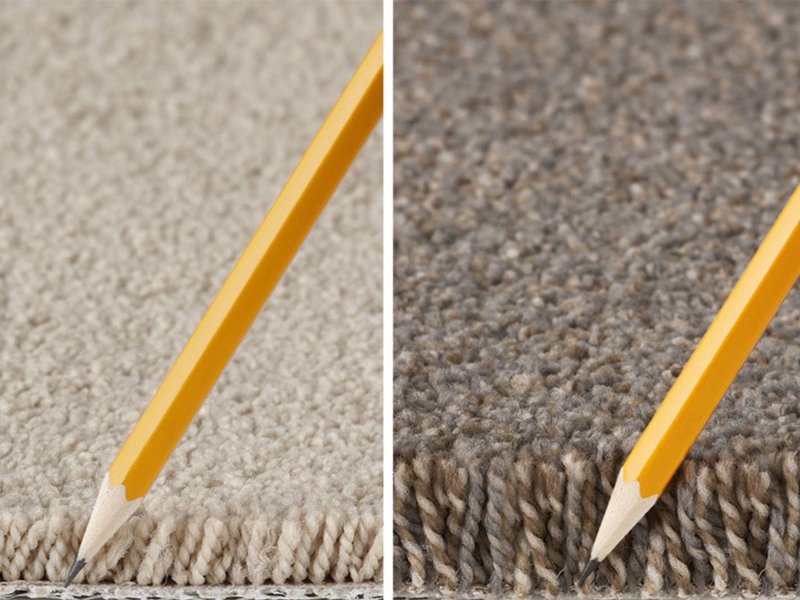
Low Pile vs. High Pile Carpet
Pile carpeting can be divided further into two subcategories: low pile and high pile. So, what is low pile carpet and what is high pile carpet? We’ll cover that here.
High pile carpet features a loop that is snipped higher up, resulting in a soft, plush feel and appearance. Low pile carpet, as you can guess, is cut lower down, leading to a firmer, more durable carpet. Since there’s less free room for dust and dirt to fall into low piles, it is better for people with allergies.
Each style has its own applications. If you’re seeking something soft, comfortable, and luxurious, high pile will suit you. However, if you’re after a more utilitarian, sleek, and minimalist carpet, low pile is the way to go.
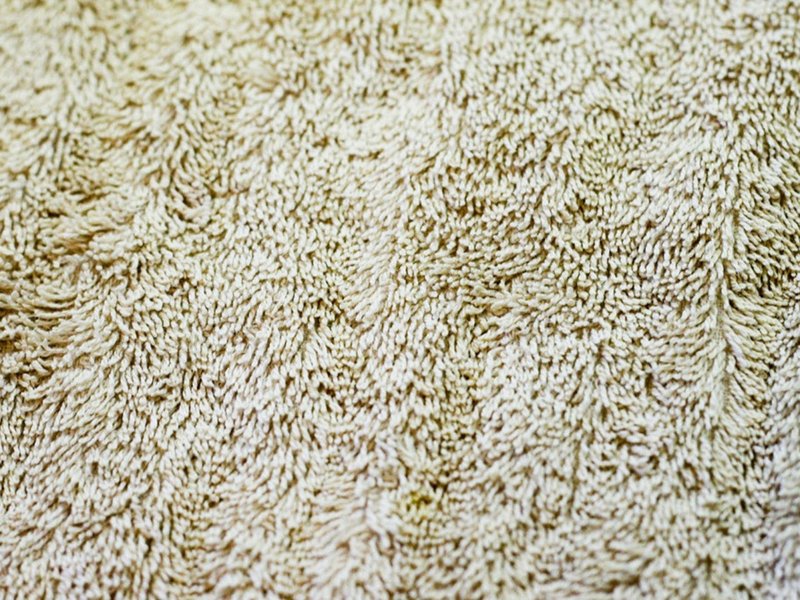
What is Plush Carpet vs. Shag Carpet?
Plush and shag carpeting may be very similar in look, but they’re manufactured in two separate ways. Plush carpeting is considered cut high pile, resulting in a fluffy, soft touch that’s a mainstay in many homes. After the pile is cut, the tufts are sheared to give a perfectly smooth appearance that bounces back.
What is shag carpet then? Shag carpet consists of a longer loop pile that’s synonymous with the mid-century modern look of the 1960s and 70s homes. It’s extremely durable but does require constant maintenance through vacuuming to keep it in pristine condition.
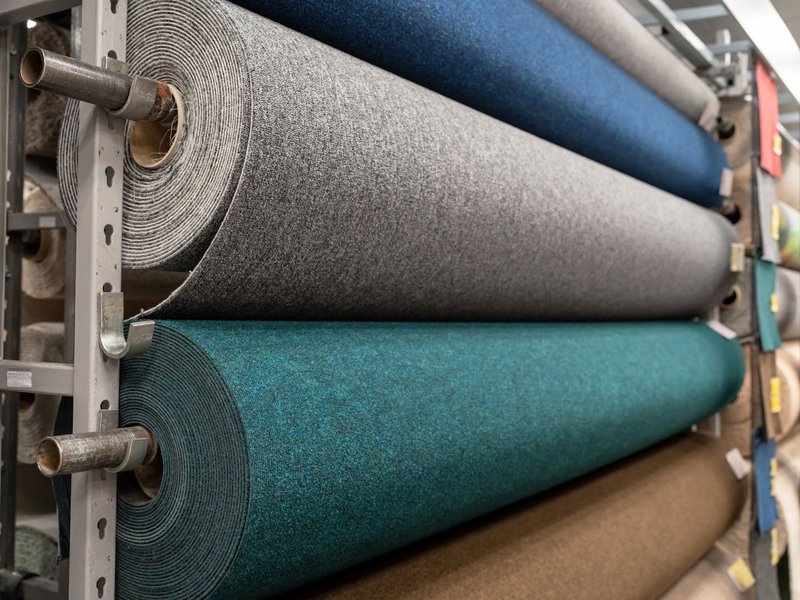
What is Broadloom Carpet?
Broadloom carpet is a catch-all term for any carpet that is meant to be rolled out in long applications wall-to-wall. Traditionally, this carpeting referred to a floor covering that was woven on a larger-than-average loom. Historically carpet was measured by the square yard, but in recent decades measurements have been changed to the square foot.
Since broadloom carpeting is sold in standard, non-customizable sizes, it can be difficult to install in a room that doesn’t fit the dimensions of the carpet. In most cases, this can be remedied by seaming together carpeting from the same roll. This ensures that the color and texture is matched with the rest of the room. Carpet pieces left over from the cutting and seaming process can be saved and used for a variety of DIY projects and future repairs.
What is the Best Carpet for Your Home?
Carpet selection is an individual choice that’s dependent on your desired lifestyle and the wear and tear your home goes through. While there is no “best carpet”, there are certainly more desirable types.
If you can afford it, opt for natural fibers like wool for a durable, environmentally conscious floor covering. Wool is also a great hypoallergenic carpet option for those sensitive to manufacturing VOCs found in synthetic products. If this is outside of your budget, consider a synthetic blend like polypropylene or polyester.
As much as functionality goes, homeowners looking for a cozy, soft carpet should purchase a loop or high pile carpet. If you’re after something more commercial and easier to clean, low-pile carpets are the way to go. No matter your choice of carpet, rely on a dependable flooring installer and distributor like Warehouse Tile & Carpet. Our certified professionals have been providing top-quality products and exceptional installation services for years. Browse our complete carpet flooring collection today.
Frequently Asked Questions About Home Carpeting
Q: What is a good carpet density?
A: Carpet density is a term used by the carpet industry to describe how tightly tufted the fibers are in the backing. Density is not the single most important factor when purchasing long-lasting, quality carpet, but it certainly has an impact. For optimum results, the carpet in your house should be valued at around 3,000 or higher, according to the Carpet and Rug Institute, Inc. For commercial carpets, seek 5,000 or greater.
Q: What is the best carpet for pets?
A: Pets introduce quite a bit of wear and tear into your house’s carpeting, and it's crucial to choose a material that can withstand it. Solution-dyed nylon carpet is a popular choice for its maximum durability and easy maintenance. Nylon carpet is also naturally resistant to odor accumulation and even has built-in abrasion resistance so that your pet’s claws don’t affect the carpet in your house.
Q: What is the best carpet for stairs?
A: When choosing carpet for stairs, opt for a material that is low pile. This will provide a maximum grip while also promoting durability. Additionally, choose carpeting with thin but firm padding to accommodate the increased foot traffic and select colors that will naturally hide stains and discoloring.
